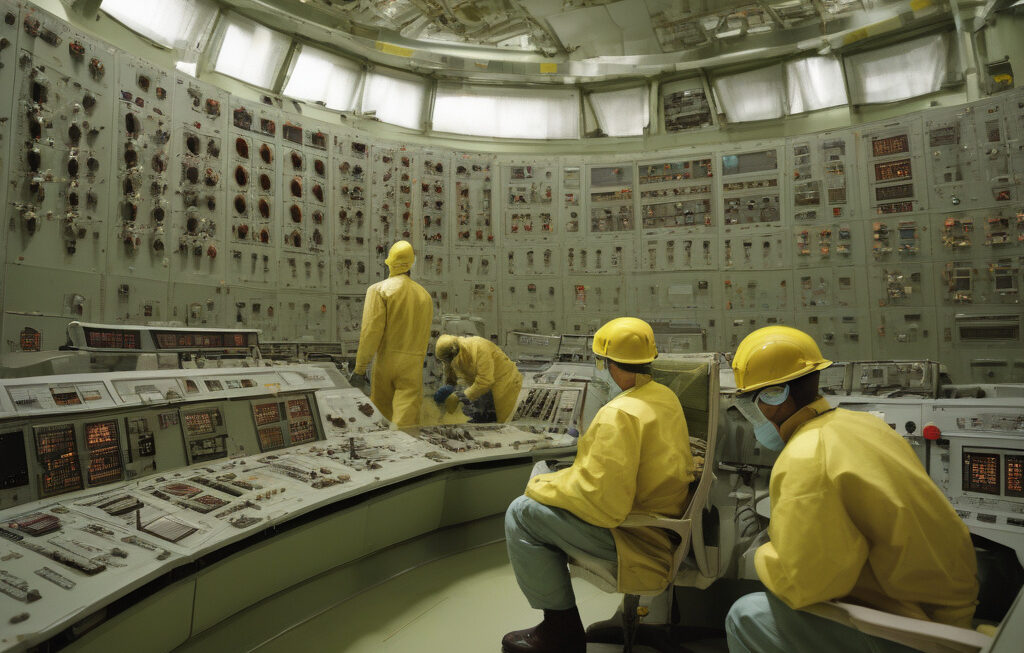Liquid Carbon Made for First Time with High-Power Lasers, Could Advance Nuclear Fusion
A team of scientists, led by the University of Rostock and the Helmholtz-Zentrum Dresden-Rossendorf (HZDR), has achieved a groundbreaking milestone in the field of nuclear fusion. For the first time ever, they have successfully created liquid carbon using high-power lasers. This remarkable feat not only expands our understanding of carbon’s behavior under extreme conditions but also holds immense potential for advancing nuclear fusion research.
The experiment, conducted at the HZDR’s High Energy Density Laboratory (HEAD), involved irradiating a thin carbon foil with an intense laser pulse. The energy from the laser caused the carbon to transform into a liquid state, a phenomenon that has never been observed before. This liquid carbon, which exists for only a fraction of a second, provides valuable insights into the properties of carbon at high pressures and temperatures, similar to those found in fusion reactors.
Nuclear fusion, the process that powers the sun and stars, holds the promise of clean, limitless energy. By fusing light atomic nuclei together, fusion reactions release vast amounts of energy with minimal environmental impact. However, achieving controlled fusion on Earth has been a significant challenge due to the extreme conditions required to initiate and sustain the reactions.
One of the key components in fusion research is understanding the behavior of materials under the intense heat and pressure generated inside a fusion reactor. Carbon, in particular, plays a crucial role as a plasma-facing material in many fusion reactor designs. By studying liquid carbon, scientists can gain valuable insights into how carbon behaves in the harsh environment of a fusion reactor, ultimately leading to the development of more efficient and durable reactor materials.
Moreover, the creation of liquid carbon opens up new possibilities for exploring the properties of carbon-based materials under extreme conditions. These insights could have applications beyond nuclear fusion, such as in high-pressure physics, materials science, and even the development of novel carbon-based technologies.
The success of this experiment highlights the importance of interdisciplinary collaboration in pushing the boundaries of scientific knowledge. By bringing together experts from the fields of laser physics, plasma physics, and materials science, the team at the University of Rostock and HZDR has demonstrated the power of teamwork in driving innovation.
As we look to the future of nuclear fusion research, the discovery of liquid carbon stands as a testament to human ingenuity and perseverance in the quest for sustainable energy solutions. While there is still much work to be done before fusion power becomes a practical reality, milestones like this remind us of the immense potential that lies within our grasp.
In conclusion, the creation of liquid carbon using high-power lasers represents a significant advancement in nuclear fusion research. This milestone not only deepens our understanding of carbon’s behavior under extreme conditions but also paves the way for future innovations in fusion energy. By harnessing the power of collaboration and pushing the boundaries of scientific exploration, we inch closer to unlocking the potential of fusion power for a cleaner, brighter future.
#LiquidCarbon, #NuclearFusion, #HighPowerLasers, #ScientificBreakthrough, #CleanEnergyRevolution












